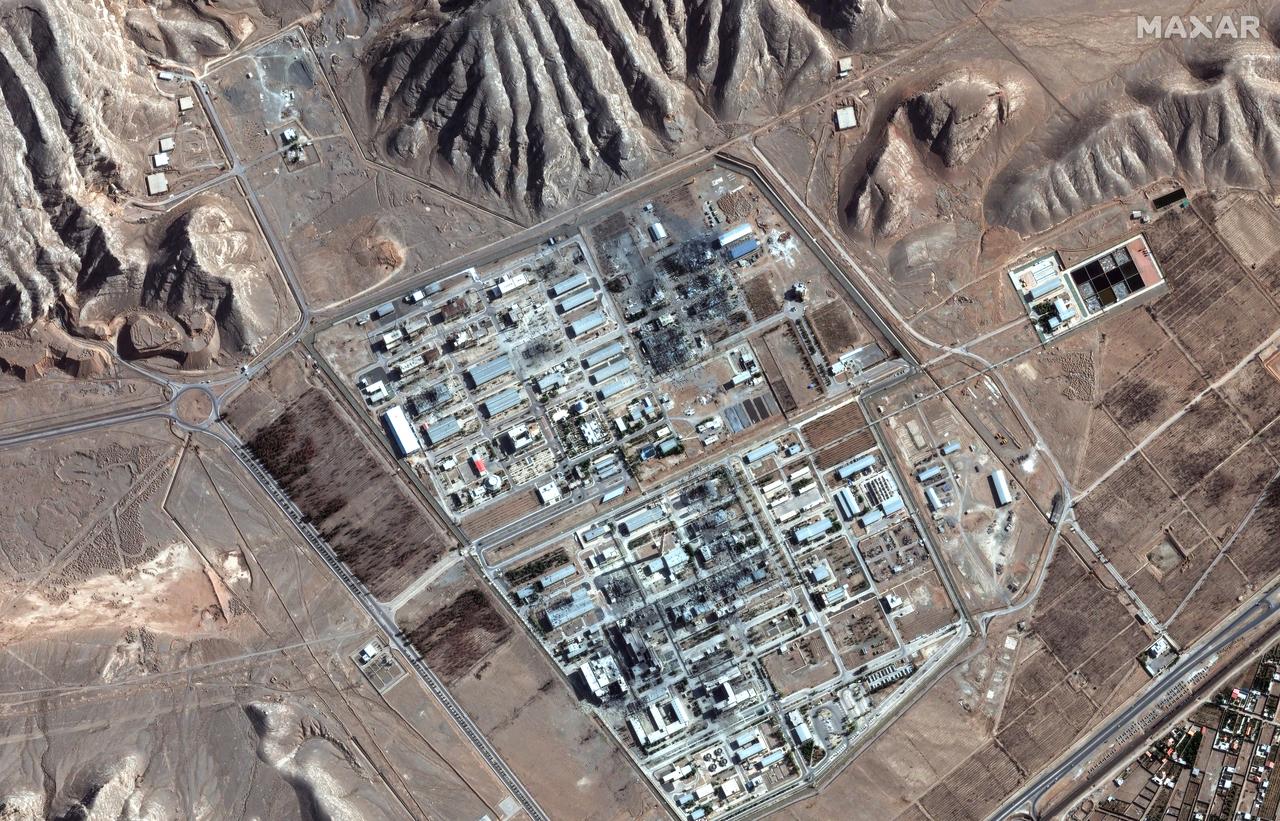
A preliminary U.S. intelligence assessment has found that American military strikes on three Iranian nuclear facilities set back the country's nuclear program by only a few months, contradicting U.S. President Donald Trump's claims of total destruction.
The assessment, produced by the Defense Intelligence Agency (DIA), the Pentagon's intelligence arm, concluded that the strikes did not destroy the core components of Iran's nuclear program and likely only delayed it by months, according to seven people briefed on the findings reported by CNN.
The analysis is based on a battle damage assessment conducted by U.S. Central Command (CENTCOM) following the strikes on the Fordow, Natanz, and Isfahan nuclear facilities.
Two sources familiar with the assessment said Iran's stockpile of enriched uranium was not destroyed, with one noting that centrifuges remain largely "intact."
"So the (DIA) assessment is that the US set them back maybe a few months, tops," one source told CNN.
Another American official said that intelligence assessed enriched uranium was moved out of the sites prior to the U.S. strikes, with Iran potentially relocating materials to secret locations.
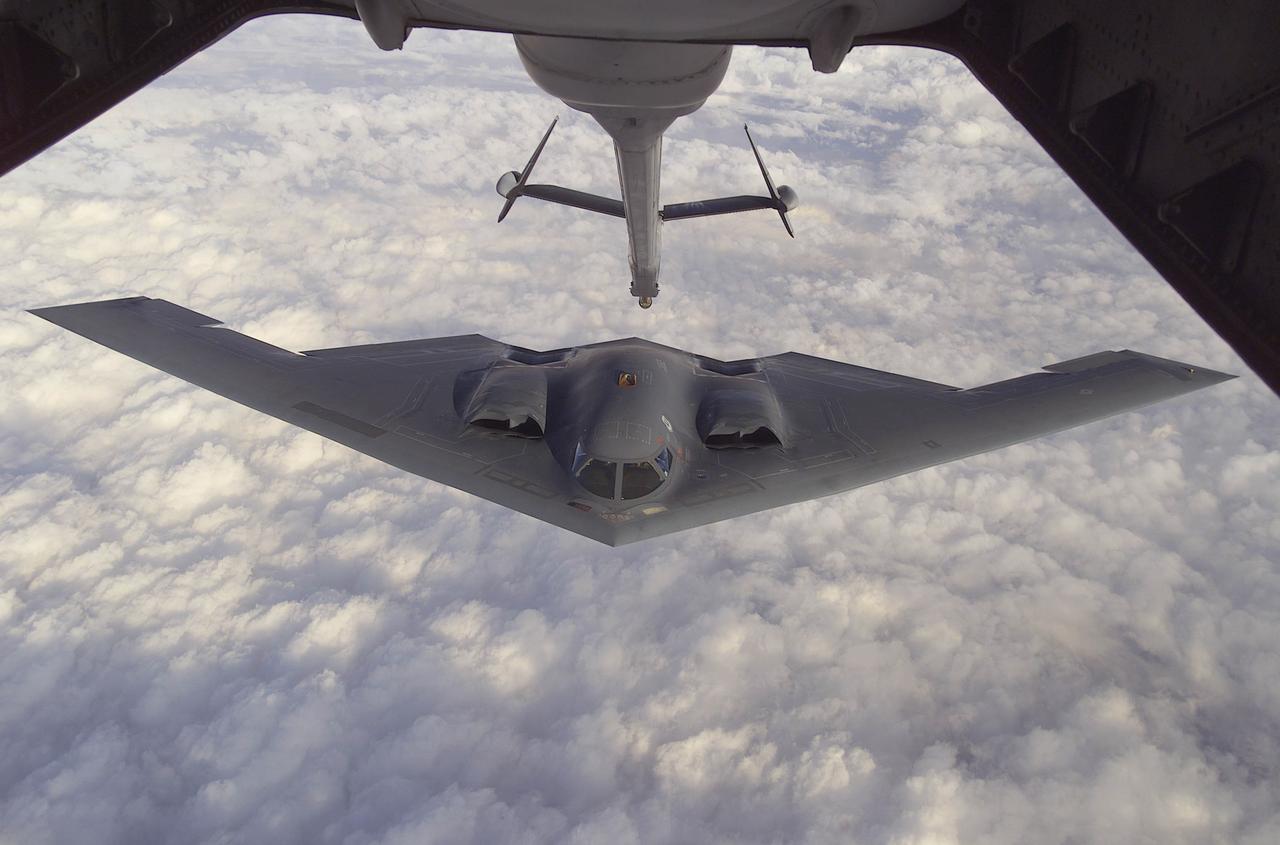
The White House acknowledged the existence of the assessment but strongly disagreed with its conclusions.
Press Secretary Karoline Leavitt called the assessment "flat-out wrong" and criticized its leak to media.
"This alleged assessment is flat-out wrong and was classified as 'top secret' but was still leaked to CNN by an anonymous, low-level loser in the intelligence community," Leavitt said in a statement.
"The leaking of this alleged assessment is a clear attempt to demean President Trump, and discredit the brave fighter pilots who conducted a perfectly executed mission to obliterate Iran's nuclear program. Everyone knows what happens when you drop fourteen 30,000-pound bombs perfectly on their targets: total obliteration."

Trump responded on Truth Social, writing: "FAKE NEWS CNN, TOGETHER WITH THE FAILING NEW YORK TIMES, HAVE TEAMED UP IN AN ATTEMPT TO DEMEAN ONE OF THE MOST SUCCESSFUL MILITARY STRIKES IN HISTORY. THE NUCLEAR SITES IN IRAN ARE COMPLETELY DESTROYED! BOTH THE TIMES AND CNN ARE GETTING SLAMMED BY THE PUBLIC!"
In another post, Trump wrote: "One of the most successful military strikes in history. The nuclear sites in Iran are completely destroyed!"
U.S. Defense Secretary Pete Hegseth also maintained that the strikes were successful, stating: "Based on everything we have seen—and I've seen it all—our bombing campaign obliterated Iran's ability to create nuclear weapons. Our massive bombs hit exactly the right spot at each target and worked perfectly."
"The impact of those bombs is buried under a mountain of rubble in Iran; so anyone who says the bombs were not devastating is just trying to undermine the President and the successful mission," he added.

Trump's special Middle East envoy Steve Witkoff told Fox News: "We put 12 bunker buster bombs on Fordow. There's no doubt that it breached the canopy. There's no doubt that it was well within reach of the depth that these bunker buster bombs go to, and there's no doubt that it was obliterated. So the reporting out there that in some way suggests that we did not achieve the objective is just completely preposterous!"
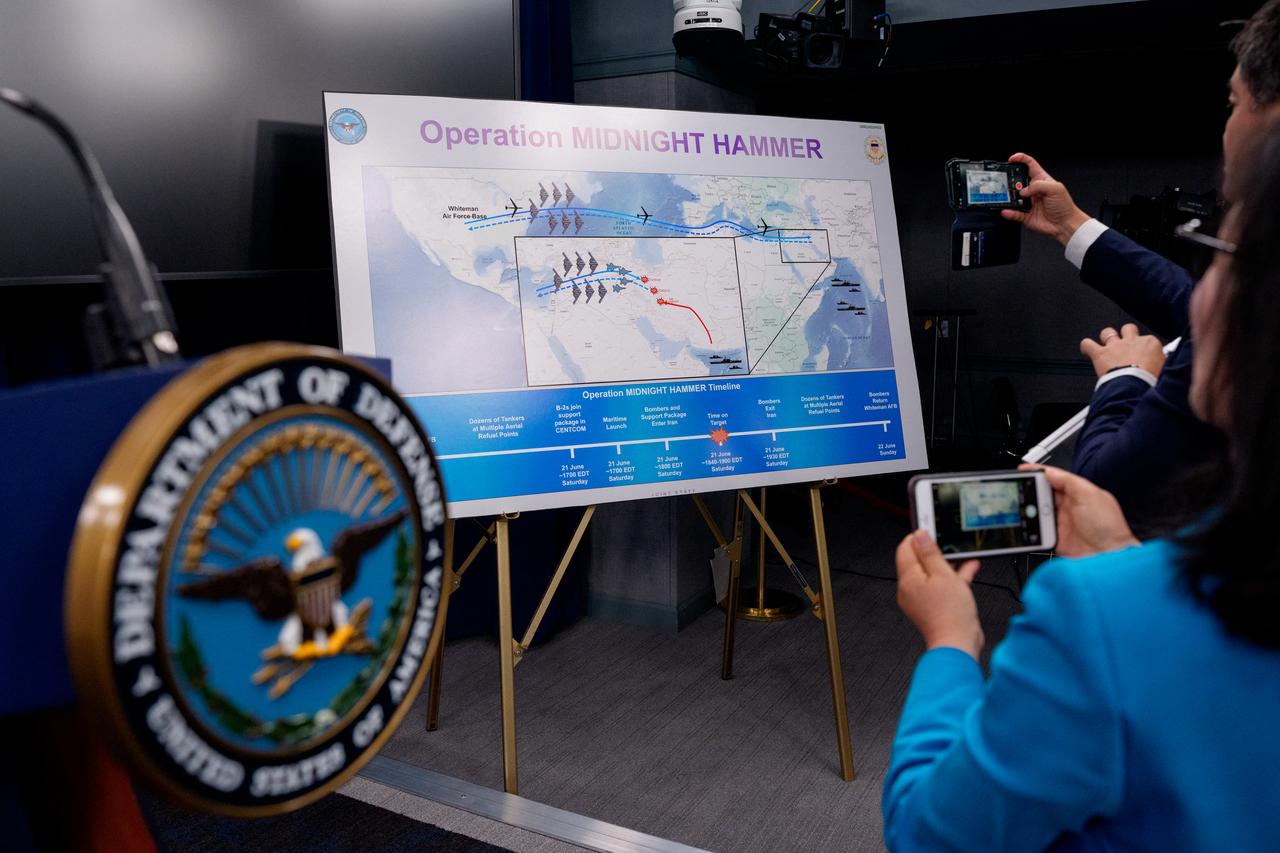
According to the intelligence report, the impact on all three sites was largely restricted to aboveground structures, which suffered severe damage.
This included power infrastructure and some facilities used to convert uranium into metal for bomb-making.
The classified five-page report indicated that the strikes sealed off entrances to two facilities but did not collapse their underground buildings.
U.S. B-2 bombers dropped over a dozen 30,000-pound bunker buster bombs on Fordow and Natanz, while over two dozen submarine-launched Tomahawk missiles targeted Isfahan.
The strikes badly damaged the electrical system at Fordow, but it remains unclear how long it will take Iran to gain access to the underground buildings, repair the electrical systems and reinstall the equipment that was moved.
Before the strikes, U.S. intelligence agencies had concluded that if Iran tried to rush to make a bomb, it would take about three months. After the bombing campaign, the DIA report estimated the program had been delayed by less than six months.

Israeli intelligence has preliminarily assessed that the combined U.S. and Israeli strikes set back Iran's nuclear program by "several years," according to a senior Israeli official speaking to The Times of Israel. However, Israeli officials also acknowledged the underground facilities at Fordow were not destroyed.
"The Israeli assessment of the impact of the U.S. strikes also found less damage on Fordow than expected," according to sources.
Israeli officials believe the combination of U.S. and Israeli military action set back the Iranian nuclear program by two years, assuming they can rebuild unimpeded, which Israel would not allow.

Israeli Prime Minister Benjamin Netanyahu declared that Israel "achieved a historic victory" that would "abide for generations." He said Israel removed "two existential threats—the threat of destruction via nuclear weapons and the threat of destruction via 20,000 ballistic missiles" that Iran was moving to build.
"We sent Iran's nuclear program down the drain," Netanyahu stated. "If someone in Iran tries to restore that program, we will act with the same determination, the same power, to cut off any such attempt."
Israeli army Chief of Staff Lt. Gen. Eyal Zamir said: "We have set Iran's nuclear project back by years, and the same goes for its missile program."
Israel's U.N. Ambassador Danny Danon told reporters: "I think it's still early to assess all the strikes. We know we were able to push back the (nuclear) program. We were able to remove the imminent threat that we had."
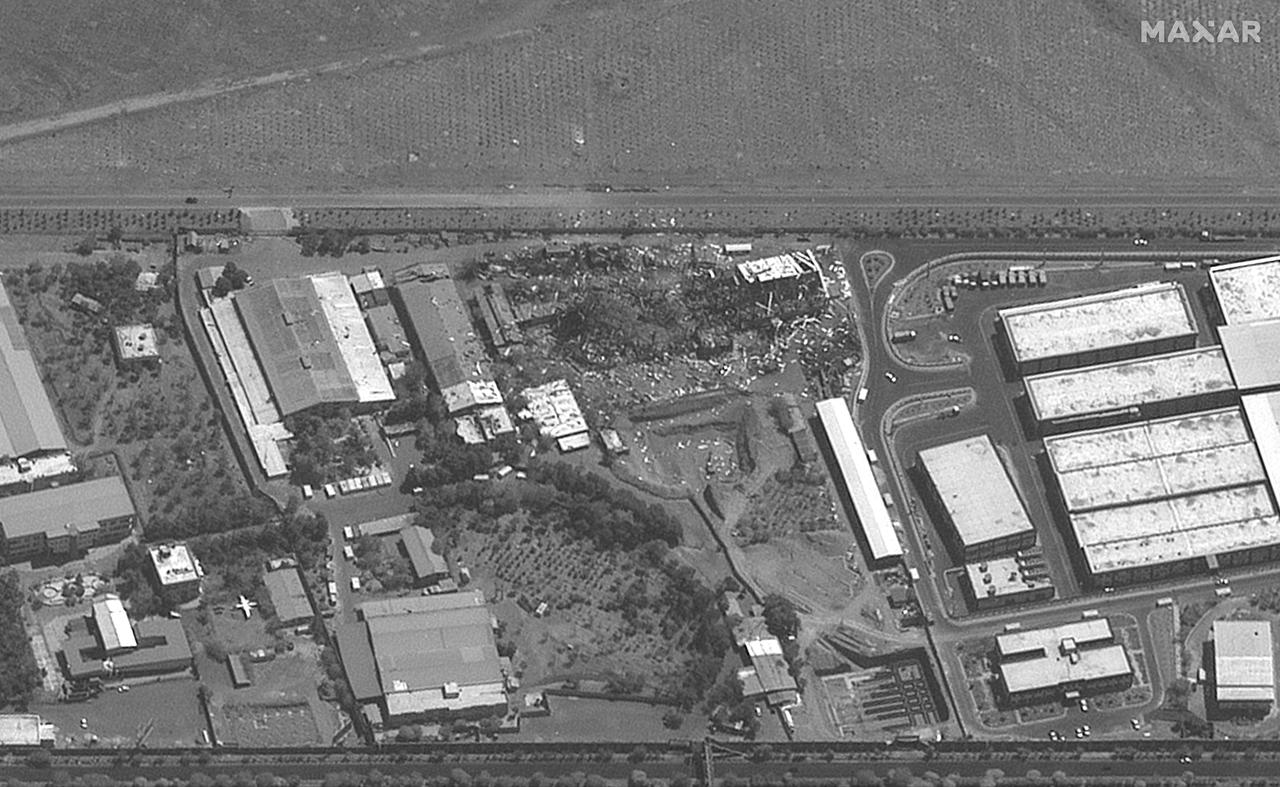
A cease-fire between Israel and Iran took effect Tuesday at 4 a.m. GMT, ending 12 days of military exchanges. Trump wrote on Truth Social: "In a certain and very ironic way, that perfect 'hit,' late in the evening, brought everyone together, and the deal was made!!! IRAN WILL NEVER REBUILD THEIR NUCLEAR FACILITIES!"
However, tensions persisted as Israel alleged Iran broke the ceasefire with a rocket attack, leading to Israeli strikes on a radar station in Tehran.
Trump expressed frustration with both countries, saying: "I'm not happy with Israel. When I say, 'OK, now you have 12 hours,' you don't go out in the first hour and just drop everything you have on them. So I'm not happy with them. I'm not happy with Iran either. But I'm really unhappy if Israel is going out this morning because of one rocket that didn't land, that was shot, perhaps by mistake, that didn't land. I'm not happy about that."
Trump added: "We basically have two countries that have been fighting so long and so hard that they don't know what the (expletive deleted) they're doing. Do you understand that?"
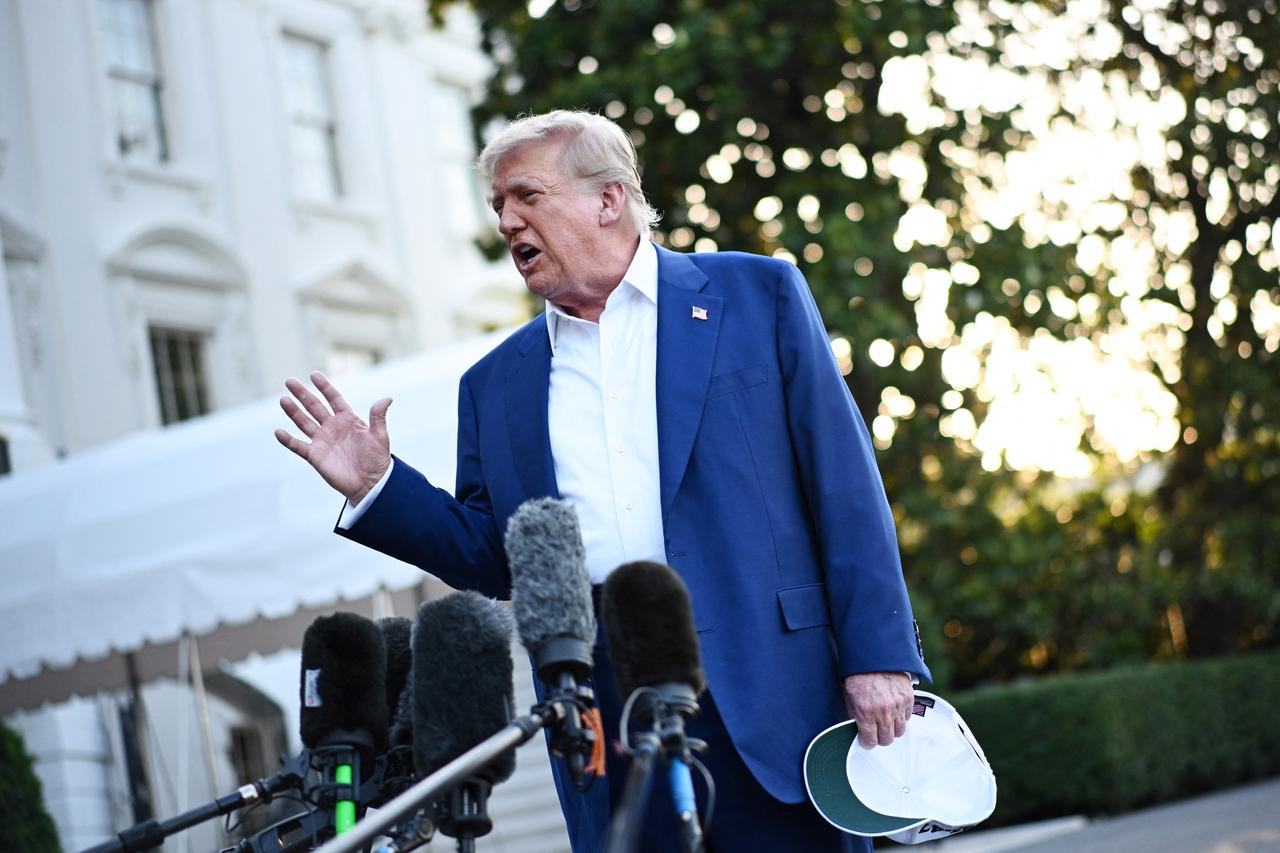
The International Atomic Energy Agency acknowledged five days into the conflict that its inspectors had lost track of Iran's 409 kilograms (902 pounds) of highly-enriched uranium—enough for 10 nuclear warheads.
U.S. officials believe Iran maintains secret nuclear facilities that were not targeted in the strikes and remain operational. Some Israeli officials said they believe the Iranian government maintained small covert enrichment facilities to continue its nuclear program in the event of an attack on larger facilities.
Trump said: "I think it's been completely demolished. Those pilots hit their targets. Those targets were obliterated, and the pilots should be given credit." When asked about Iran potentially rebuilding, Trump responded: "That place is under rock. That place is demolished."
Trump also posted: "It was my great honor to Destroy All Nuclear facilities & capability, and then, STOP THE WAR!"